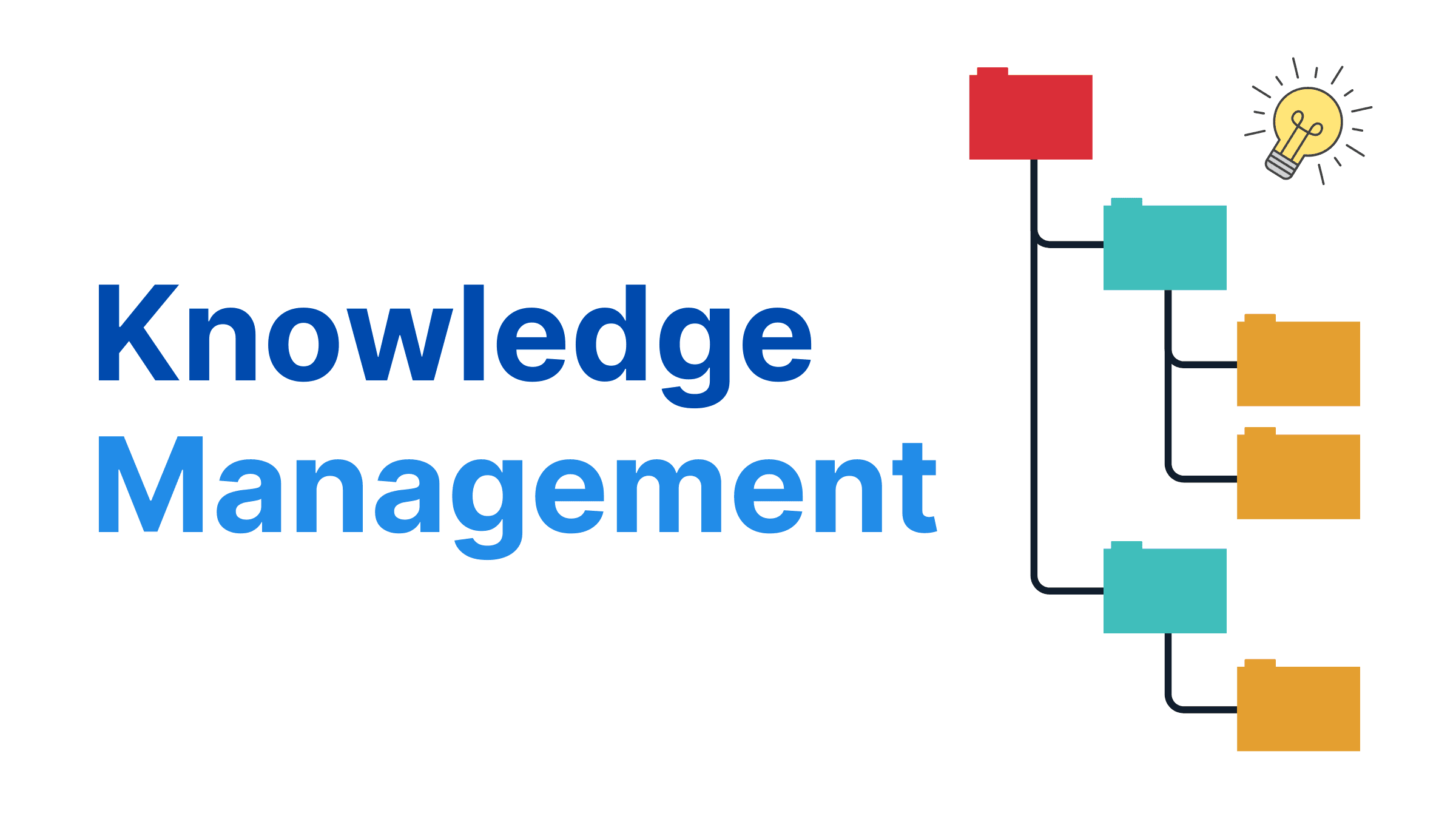Different Levels of Knowing
John Roice Aldeza
Published on September 02, 2024

So I recently watched a video discussing the different levels of knowing, and it got me thinking about what knowledge really is. People often think of knowledge as just information, but there’s more to it than that. According to the online Oxford Dictionary, knowledge is defined as the facts, information, and skills acquired through experience or education. However, in business and other fields, knowledge is more than just accumulated facts; it is something more concrete and differentiated.
Data: The Foundation of Knowledge
At its most basic level, we have data, which is the lowest form of knowing. Data is made up of unstructured facts and figures with no specific meaning on its own. Imagine a list of numbers like "45, 67, 89" or entries like "Toyota, 2024, $20,000." Without context, these pieces of data are just standalone facts—they don’t tell us anything significant by themselves.
However, raw data is valuable because it can be extracted and analyzed to gain insights. For instance, a company might collect data on the number of products sold in different regions. Initially, this information is just a bunch of numbers. But when you start to look at trends, such as sales spikes during certain months or preferences for specific products in particular areas, the data begins to form patterns that can guide business decisions.
Information: Data with Context
When data is processed and put into context, it becomes information. Information is data that has been organized to have direction and purpose. For example, let’s consider car sales data. If you take the raw data of how many cars were sold each month and categorize it by model, price, and location, you start to see a clearer picture. Now you know which cars are selling best in which areas, and during which months.
This information can then guide a car dealership’s revenue strategy. They might decide to stock more of the popular models or increase advertising in regions where sales are lower. In this way, information has a direction and purpose—it helps businesses understand their revenue streams and make more informed decisions.
Knowledge: Experience in Action
Knowledge is a step further—it is information that is understood and applied based on experience. It involves practical know-how and is rooted in real-world experience. For example, consider a seasoned programmer who knows exactly where to find solutions or what to do when a bug appears in a program. This comes from years of debugging, testing, and learning from mistakes.
On the other hand, a newbie programmer might have a lot of information from books or tutorials but lacks the intuition to know where to start looking for the problem. The experienced programmer’s knowledge goes beyond information; it’s about understanding what to do and when, based on past experiences and a deeper grasp of the subject matter.
Conclusion
As a student and a young tech professional, it is important to understand the different levels of knowing as we are dealing and handling a lot of information in the field. Knowing how to obtain quality and accurate data, process it to gain insights to a question or a problem, and absorbing the right knowledge to make good decision should be an integral skill to know.
Understanding the different levels of knowing—data, information, and knowledge—helps us see how raw facts can be transformed into valuable insights through context and experience. While data provides the foundation, and information gives it meaning, knowledge ultimately drives action and decision-making. This layered understanding is essential in both personal growth and professional development, reminding us that true knowledge often comes from experience and the ability to apply what we know effectively.